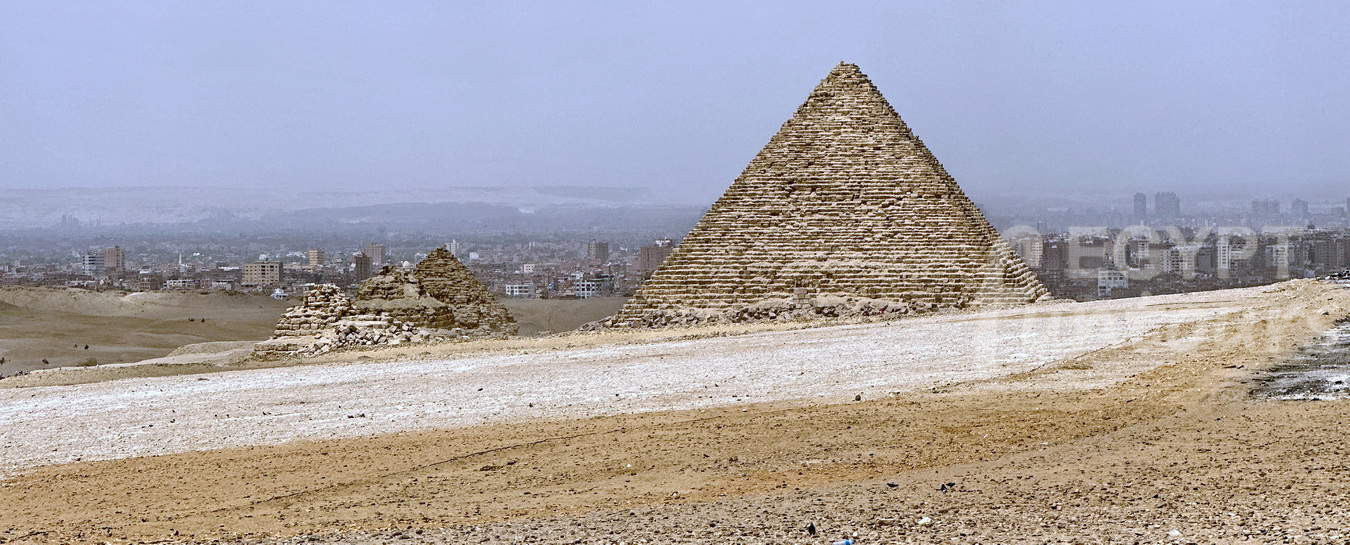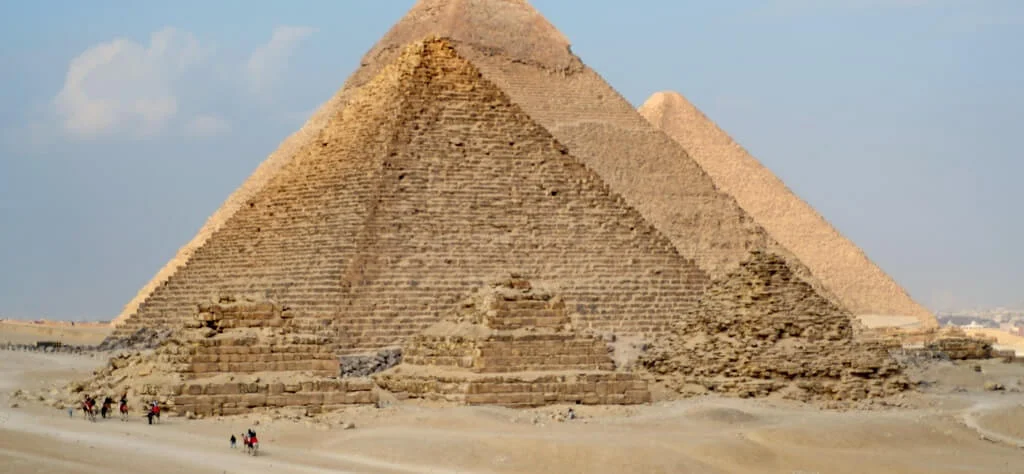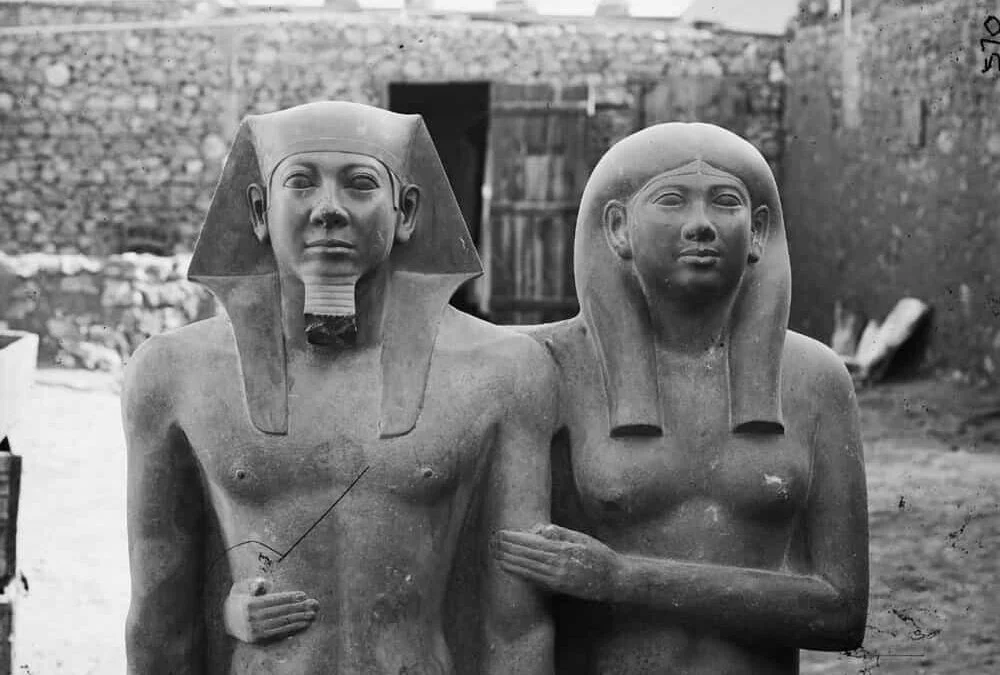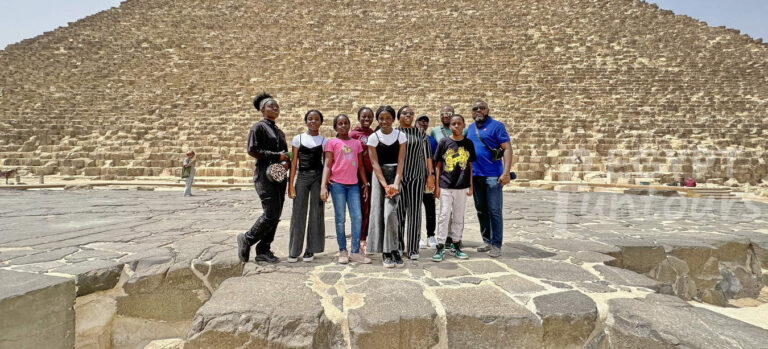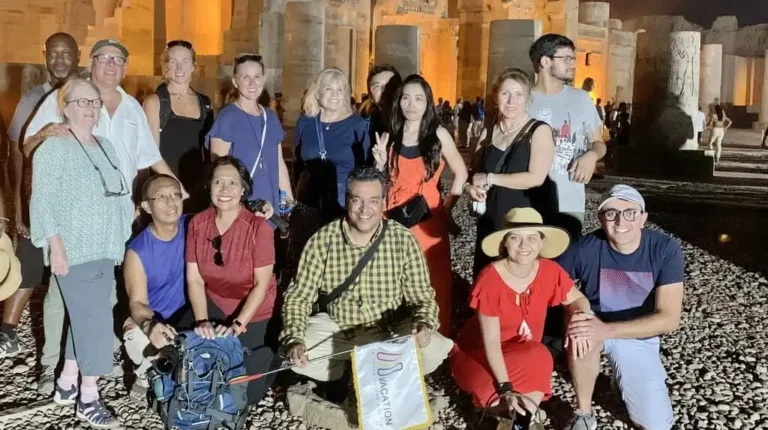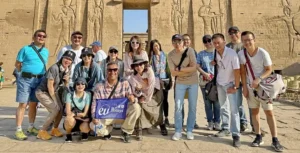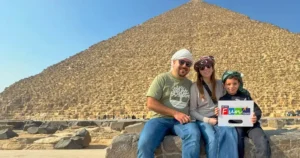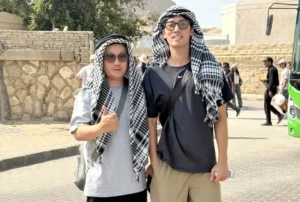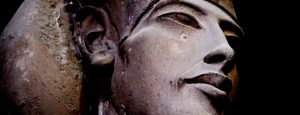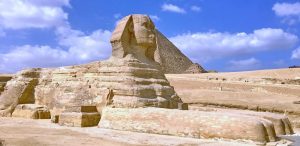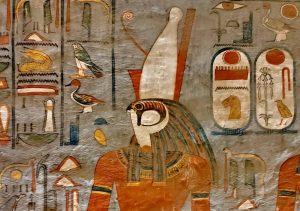King Menkaure: Who Completed the Giza Necropolis
King Menkaure, also known by the Greek name Mycerinus, was a prominent pharaoh of ancient Egypt’s Fourth Dynasty (c. 2548–2530 B.C.E.). He followed in the footsteps of his famous father, Pharaoh Khafre, and grandfather, Pharaoh Khufu, by constructing the third and final pyramid at the Giza Plateau. Although his pyramid is the smallest, Menkaure’s reign is celebrated for its artistic and architectural achievements. It represents the final monumental flourish of the pyramid-building era at Giza. The legacy of Mycerinus is forever tied to this grand project.


